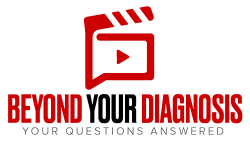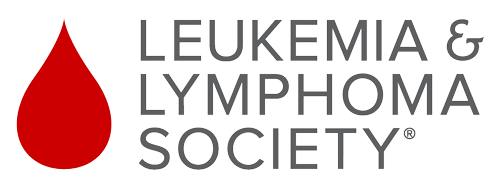I’ve had lymphoma, leukemia, and myeloma diagnoses within my immediate family. Are these diseases connected, and are my family members at elevated risk?
- by Joan C
from USA
Transcript:
Joan C:
Hi, my question is my father was diagnosed with CLL (chronic lymphocytic leukemia) when he was 66. But unfortunately, a year later developed richter’s syndrome (RS) and passed away of that. At a younger age than he was diagnosed, I was diagnosed with DLBCL (double-hit, BCL-2/MYC). But fortunately, have been in remission for five years.
I was wondering if the two things could be connected and if my family members would be at higher risk. I also had a niece who died at age 11 of acute myelomonocytic leukemia (AML, NOS). She also had on her father’s side an uncle who had myeloma, he also passed away so she could have it really on both sides of her family. Thank you.
Dr. Alessandra Ferrajoli:
Hello, my name is Alessandra Ferrajoli. I’m a professor in the department of leukemia. I’m a clinician investigator and have a particular interest in the treatment of patients with chronic lymphocytic leukemia. I work at the University of Texas, MD Anderson Cancer Center.
I’m here to try to answer a question from Joan. Joan is telling us that her father had chronic lymphocytic leukemia. And she also had a different type of hematological malignancies called non-Hodgkin lymphoma (NHL). And she’s asking whether there is an association in the family.
So, this is a very good question, Joan, because we divide chronic lymphocytic leukemia in two types, familial and sporadic. The reason why we have the definition of familial chronic lymphocytic leukemia is because 5 to 10% of the patients with chronic lymphocytic leukemia are going to have a family member with either chronic lymphocytic leukemia or another type of lymphoproliferative disorder (LPD), somehow similar to chronic lymphocytic leukemia.
In your case, this is exactly what happened. Your father had chronic lymphocytic leukemia, and you had another type of lymphoma, that is also a B-cell lymphoma. If we look at patients with chronic lymphocytic leukemia, up to 20% of their family members are going to have a component of lymphoproliferative disorders, that sometimes it’s very small and barely detectable, but can be found if specific investigations are done.
You also mentioned that your niece had acute myelomonocytic leukemia. This will be for us a completely different type of leukemia, so it will not be considered related to the increase family risk for chronic lymphocytic leukemia. However, in your family, you’re also mentioning that there is a study of multiple myeloma that is a type of B-cell malignancies that is related to the same type of chronic lymphocytic leukemia.
What we say therefore, to you is that you are correct, there is an increased risk for CLL in family members of patients with CLL. There is also an increased risk for other types of lymphoproliferative disorder, similar malignancies in these family members.
What we recommend for people like you is to present to a center that offers a particular service into characterizing hereditary malignancies within your family. We have such a clinic and other big cancer centers probably going to offer something similar, there are certain genes that can be tested within your family to see if there is a specific predisposition. Again, we know that is a predisposition. But there are only a few genes that have been so far related with this predisposition for chronic lymphocytic leukemia. One of them is called POT1 and families that carry the POT1 mutation are at increased risk for chronic lymphocytic leukemia and also other types of malignancies.
For leukemia, in general, there are some other genes that predispose to leukemia in general, one of them is abnormalities of the TP53 gene, as seen in Li-Fraumeni Syndrome that increase the risk of people affected by the form any syndrome to have leukemia, together with other type of cancers.
I hope this helps in answering your very well-defined questions. And I would like to offer my advice to any patients within The Leukemia & Lymphoma Society as needed in the future.


